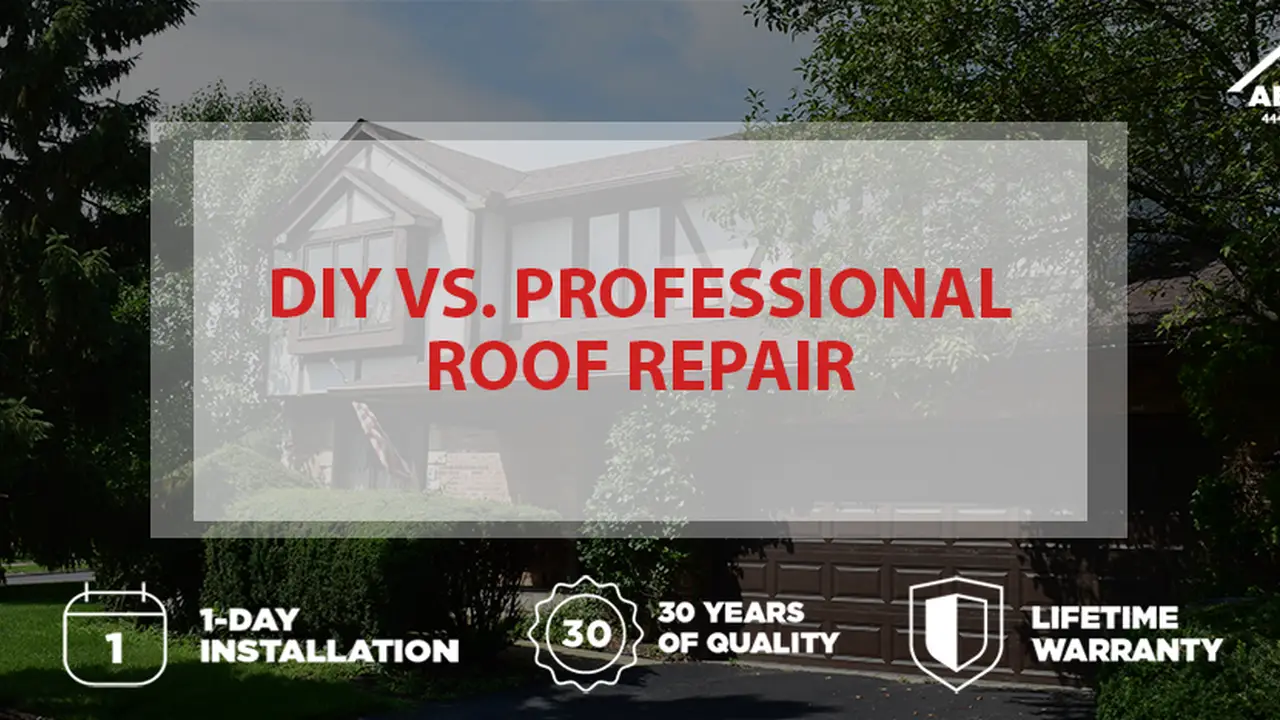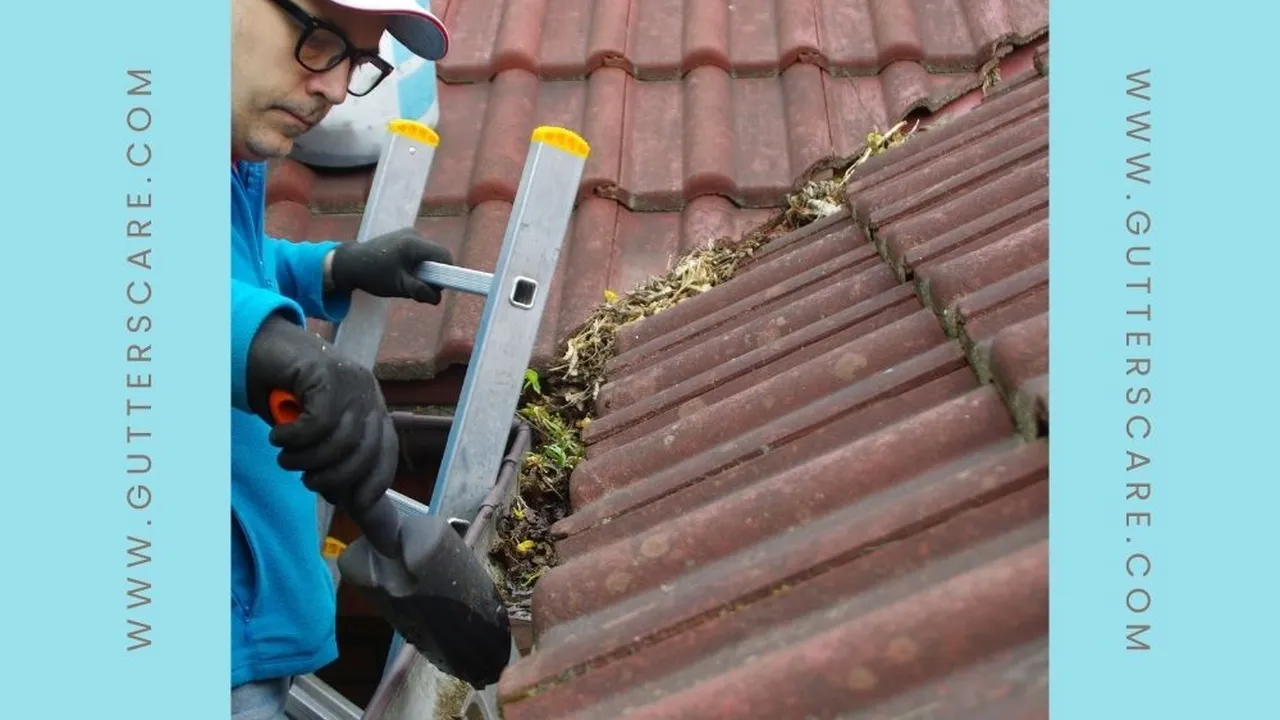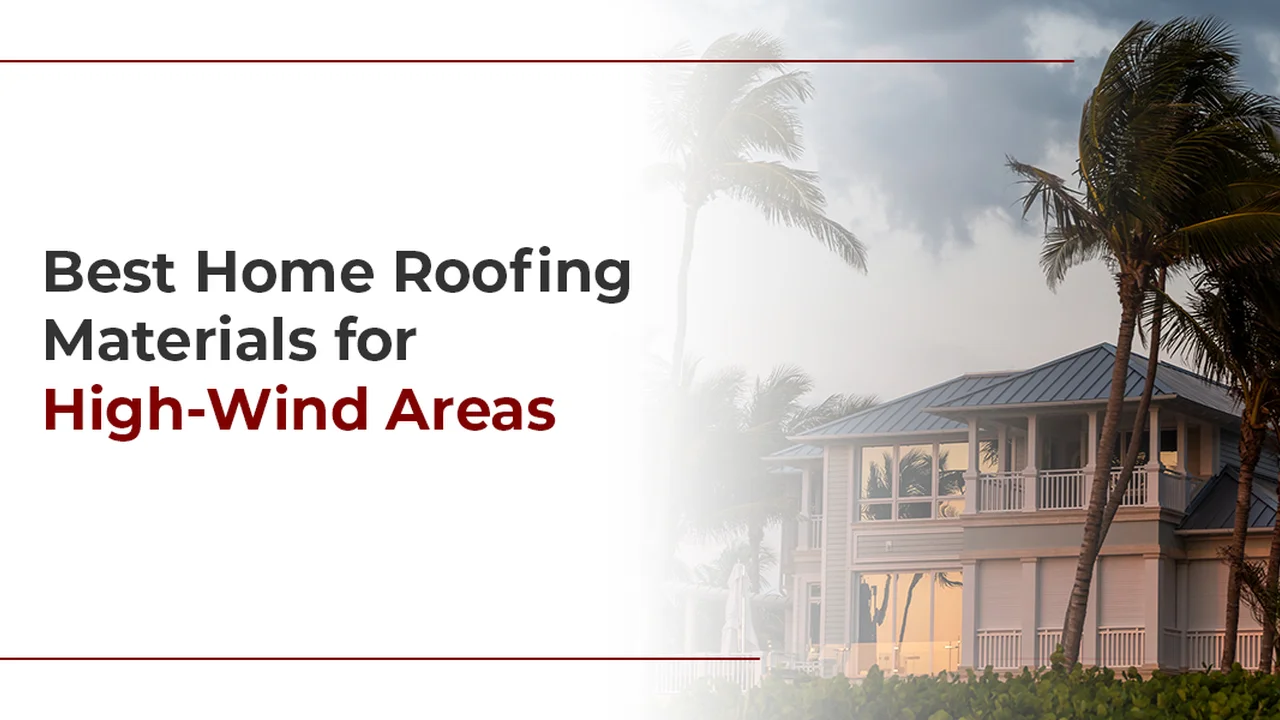DIY Roof Repair When to Call a Professional
Understand which roof repairs you can tackle yourself and when it's crucial to hire a professional roofer for safety and effectiveness.

Understand which roof repairs you can tackle yourself and when it's crucial to hire a professional roofer for safety and effectiveness.
DIY Roof Repair When to Call a Professional
Hey there, homeowner! So, you've noticed a little something off with your roof. Maybe a shingle looks out of place, or you've spotted a tiny drip during a downpour. Your first thought might be, 'Can I fix this myself?' It's a natural question, especially when you're looking to save a few bucks. And honestly, some minor roof issues are totally within the realm of a capable DIYer. But here's the kicker: your roof is a pretty big deal. It's your home's primary shield against the elements, and messing it up can lead to some seriously expensive problems down the line. So, let's dive into what you can realistically handle on your own and when it's absolutely time to pick up the phone and call in the pros.
Understanding Common Roof Problems and DIY Potential
Before you even think about climbing a ladder, it's crucial to understand what kind of problem you're dealing with. Not all roof issues are created equal in terms of DIY difficulty.
Minor Shingle Damage DIY Roof Repair
Let's start with the basics. If you have a few curled, cracked, or even missing asphalt shingles, this is often a manageable DIY project. Curled shingles can sometimes be flattened and re-adhered with roofing cement, especially on a warm day when they're more pliable. Cracked shingles can be sealed with a good quality roofing sealant. Missing shingles? If you have spares from the original installation, replacing them isn't too complex. You'll need a pry bar to lift the shingles above, a utility knife to cut away the old shingle, and roofing nails to secure the new one, followed by some roofing cement to seal it all up. This is a common scenario for homeowners in both the US and Southeast Asia, where weather can be unpredictable.
Recommended Products for Minor Shingle Repair:
- Henry 208 Wet Patch Roof Leak Repair: This is a fantastic all-weather patching compound. It's great for sealing small cracks, holes, and even re-adhering loose shingles. It costs around $15-$25 for a 1-gallon tub. Use it for quick fixes on asphalt, metal, and even some tile roofs.
- GAF ShingleMatch Roof Accessory Paint: If you're replacing a shingle and want to blend it in, or just touching up a scuff, this paint is color-matched to GAF shingles. Price varies but expect around $10-$15 per can.
- Stanley FatMax Xtreme Fubar III: A good pry bar is essential for carefully lifting shingles without causing further damage. Expect to pay $40-$60.
Clogged Gutters and Downspouts DIY Roof Maintenance
This isn't strictly a 'roof repair,' but clogged gutters can lead to significant roof damage, including fascia rot, ice dams (in colder climates), and water backing up under shingles. Cleaning gutters is a classic DIY task. All you need is a sturdy ladder, gloves, and a bucket. Make sure your ladder is stable and you have someone spotting you. In Southeast Asia, where heavy rains are common, keeping gutters clear is paramount to prevent overflow and water damage to your home's foundation and siding. This is a regular maintenance item, not just a repair.
Recommended Tools for Gutter Cleaning:
- Little Giant Ladder Systems Velocity: A versatile multi-position ladder that can be used safely on uneven terrain. Prices range from $200-$400 depending on size.
- Gardena Gutter Cleaner: A specialized tool that attaches to a garden hose for easier cleaning from the ground. Around $30-$50.
Small Leaks and Flashing Issues DIY Roof Sealing
Sometimes, a small leak isn't due to a missing shingle but rather a compromised flashing around chimneys, vents, or skylights. If the flashing itself isn't damaged but the sealant around it has cracked or deteriorated, you might be able to re-seal it with a high-quality roofing caulk or sealant. Look for products specifically designed for exterior use and extreme weather. However, if the flashing is bent, rusted, or improperly installed, that's usually a job for a professional.
Recommended Products for Small Leak Sealing:
- Geocel 2300 Sealant: A professional-grade, high-performance sealant that adheres well to most roofing materials and remains flexible. Expect to pay $10-$15 per tube. Excellent for sealing around vents, pipes, and skylights.
- Flex Seal Liquid Rubber Sealant Coating: While often marketed for quick fixes, it can be effective for small, non-structural leaks. Around $30-$50 per can/gallon. Best for very minor, temporary fixes.
When to Absolutely Call a Professional Roofer
Now, let's talk about the situations where putting on your DIY hat could be dangerous, ineffective, or even void your roof's warranty. These are the times when a professional roofer is not just recommended, but essential.
Extensive Roof Damage Professional Roof Repair
If you're looking at widespread damage – say, a large section of missing shingles after a storm, significant sagging in your roofline, or visible holes – this is beyond a DIY fix. These issues often indicate underlying structural problems or require extensive material replacement that demands professional expertise, specialized tools, and safety equipment. Trying to patch up large areas yourself can lead to further water infiltration, mold growth, and even structural collapse.
Roof Leaks with Undetermined Source Professional Leak Detection
You've got a leak, but you can't pinpoint where it's coming from. Water can travel a long way before it shows up inside your home, making the source incredibly difficult to locate without experience. Professional roofers have diagnostic tools and the knowledge to trace leaks back to their origin, which might be far from where the water is appearing. They can also assess potential damage to your attic insulation, decking, and framing that you might not see.
Steep Pitched Roofs and High-Rise Homes Professional Safety
Safety first, always! If your roof has a steep pitch (anything over a 6/12 slope), or if you live in a multi-story home where accessing the roof is particularly challenging or dangerous, it's best to leave it to the pros. Professional roofers have the right safety gear – harnesses, ropes, specialized ladders, and fall protection systems – and are trained in safe working practices at heights. A fall from a roof can result in serious injury or even death.
Structural Damage and Sagging Rooflines Professional Assessment
A sagging roof is a major red flag. This isn't just cosmetic; it indicates potential structural failure, possibly due to water damage, improper installation, or excessive weight (like heavy snow loads in colder regions). This requires immediate professional assessment. A roofer, and potentially a structural engineer, will need to evaluate the integrity of your roof decking, rafters, and trusses. This is definitely not a DIY project.
Insurance Claims and Storm Damage Professional Documentation
If your roof damage is due to a storm, hail, or other insurable events, a professional roofer can be invaluable in the insurance claims process. They can provide detailed damage assessments, accurate estimates, and often communicate directly with your insurance adjuster, ensuring you get a fair settlement for the necessary repairs or replacement. Trying to handle this yourself might lead to missed damage or underestimation of costs.
New Roof Installation or Full Roof Replacement Professional Expertise
This one should be obvious, but it's worth stating: installing a brand new roof or undertaking a full roof replacement is a massive undertaking that requires specialized skills, knowledge of building codes, and proper equipment. From removing the old roof to installing underlayment, flashing, and the new roofing material, every step needs to be done correctly to ensure longevity and prevent future problems. This is a multi-day project for a team of professionals, not a weekend warrior task.
Warranty Concerns Professional Installation and Repair
Many roofing material manufacturers offer warranties that are contingent on professional installation and repair. If you attempt a DIY repair on a relatively new roof, you could inadvertently void your warranty, leaving you on the hook for future, more significant repairs. Always check your warranty documentation before attempting any DIY work.
The Cost of DIY vs. Professional Roof Repair
It's tempting to go the DIY route to save money, but it's crucial to consider the true cost. While you might save on labor initially, a botched DIY job can lead to:
- More extensive and expensive repairs: A small leak improperly fixed can become a major water damage issue, leading to mold, rotten wood, and damaged ceilings.
- Safety risks: Hospital bills from a fall will far outweigh any savings on labor.
- Voided warranties: As mentioned, this can cost you thousands in the long run.
- Reduced home value: A poorly repaired roof is a red flag for potential buyers.
Professional roofers, while an upfront cost, bring expertise, proper tools, insurance, and often warranties on their work. They can identify hidden problems, ensure code compliance, and provide a long-lasting solution. For instance, a professional might charge $200-$500 for a minor shingle repair, whereas a full roof replacement could range from $5,000 to $20,000+ depending on materials and roof size. The cost of a professional is an investment in your home's integrity and your peace of mind.
Finding a Reputable Roofing Professional
When it's time to call in the pros, how do you find a good one? Here are some tips:
- Get multiple quotes: Don't just go with the first company you call. Get at least three detailed quotes.
- Check credentials: Ensure they are licensed and insured. This protects you if there's an accident or shoddy work.
- Ask for references: A reputable roofer will be happy to provide references from previous clients.
- Read reviews: Check online reviews on platforms like Google, Yelp, or local business directories.
- Look for local companies: Local roofers often have a better understanding of regional weather challenges and building codes.
- Understand the contract: Make sure everything is in writing, including the scope of work, materials used, timeline, and payment schedule.
Preventative Roof Maintenance DIY and Professional
Whether you're a DIY enthusiast or prefer to call in the pros, preventative maintenance is key to extending your roof's life and avoiding costly repairs. Some tasks you can do yourself include:
- Regular visual inspections: From the ground, look for missing or damaged shingles, sagging, or debris buildup.
- Keeping gutters clean: As mentioned, this is a crucial DIY task.
- Trimming overhanging branches: Branches can scrape your roof, drop debris, and provide access for pests.
For more in-depth maintenance, consider a professional roof inspection every few years, especially after severe weather. They can spot subtle issues you might miss and address them before they become major problems.
So, while it's great to be handy around the house, knowing your limits when it comes to roof repair is essential. For minor, easily accessible issues, go ahead and tackle them. But for anything that involves significant damage, height risks, or structural concerns, play it safe and call a professional. Your roof, and your wallet, will thank you in the long run!
:max_bytes(150000):strip_icc()/277019-baked-pork-chops-with-cream-of-mushroom-soup-DDMFS-beauty-4x3-BG-7505-5762b731cf30447d9cbbbbbf387beafa.jpg)






